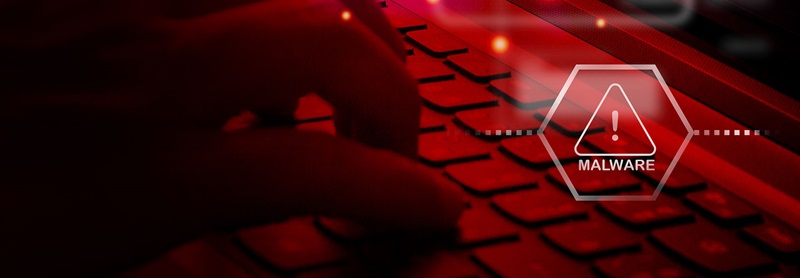
5 Ways to Stay Protected from Advanced Phishing Threats
It's no surprise that phishing attempts affected over 64% of organizations in the past year, and that the number is rising simply because cyber-criminals are getting smarter while more and more people are falling victim to these threats because of the lack of awareness and training regarding these types of attacks. Everyone is encouraged to adapt safe online practices, both on their work devices as well as their personal devices, and these are 5 ways that can help you stay protected from advanced phishing threats that you could be exposed to on a day-to-day basis.
- Scan all your employee devices using a mobile security software
- Think Before You Click!
- Avoid shortened web links
- Always browse securely
- Training Your People






